Search Images
Browse Content (p. 1612)
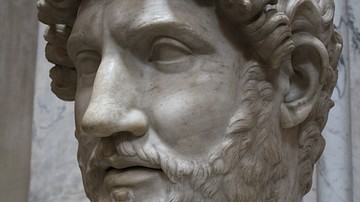
Image
Hadrian Bust, Vatican Museums
A marble portrait of Roman emperor Hadrian. The portrait displays idealised features and was possibly carved in the years following the emperor's death in 138 CE. (Vatican Museums, Rome).
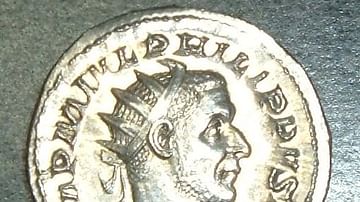
Image
Roman Coin of Philip the Arab
A Roman Antoninianus coin from the reign of Marcus Julius Philipus, otherwise known as Philip the Arab, r. 244-249 CE.
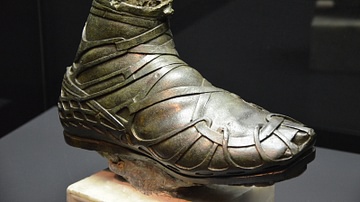
Image
Bronze caliga from an over life-size statue of a Roman cavalryman
This bronze caliga was part of an over life-size statue of a Roman cavalryman from the 1st or the 2nd century CE. Caligae were heavy hob-nailed military boots worn by Roman legionary soldiers, auxiliaries and cavalrymen throughout the period...

Image
Minerva
A 2nd century CE marble statue of Minerva, the Roman goddess of the arts and warfare. (Capitoline Museums, Rome)
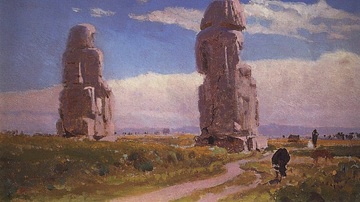
Image
Colossi of Memnon Painting
Statue of Amenhotep III. Painting by Vasily Polenov (date unknown).
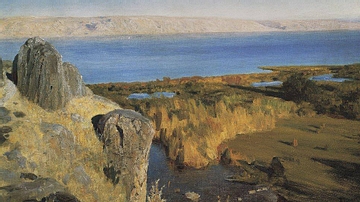
Image
Sea of Galilee
Painting by Vasily Polenov, 1899.
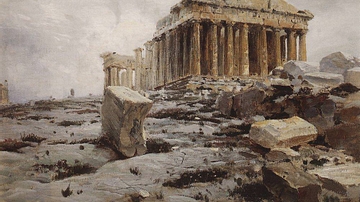
Image
Parthenon, Painting by Polenov
Temple of Athena Parthénos. Painting by Vasily Polenov, c. 1882.
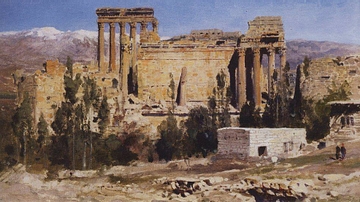
Image
Baalbek
Ruins of Jupiter Cathedral and Cathedral of Sun. Painting by Vasily Polenov (1882).
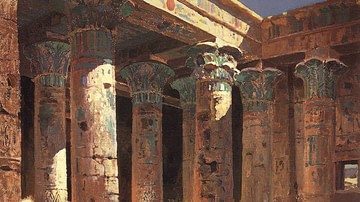
Image
The Temple of Isis on Philae Island
Painting by Vasily Polenov (1882). Oil on canvas. Tretyakov Gallery, Moscow, Russia.

Image
Aztec Double-Headed Serpent (Detail)
A detail of the celebrated Aztec double-headed serpent. It is made from wood covered in turquoise mosaic, spondylus (red) and conch (white) shell. The eyes would have been rendered with inlay, probably of iron pyrite. The piece is believed...